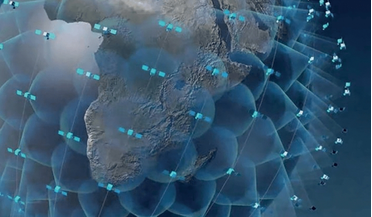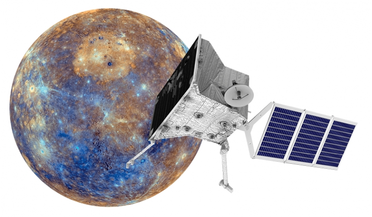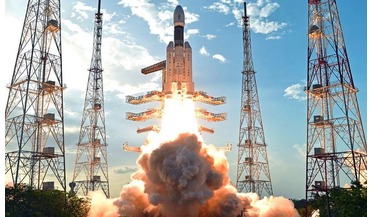 January 2017
Elon Musk and Mars - looking for a snowball effect
January 2017
Elon Musk and Mars - looking for a snowball effect
... there permanently. The same point had indeed been raised some years earlier by Charles Cockell, an experienced polar explorer, in a paper published in Interdisciplinary Science Reviews in 2002. Musk’s proposed transport system has been designed...
 April 2017
Sky-fi dawn of the space internet era
April 2017
Sky-fi dawn of the space internet era
...access is problematic due to both technical and physical challenges. Latency is significant and there would be no coverage in polar regions. At 36,000 km altitude, it takes the information about 200 milliseconds to be transmitted from the user to the...
 May 2017
Future space applications and their regulatory needs
May 2017
Future space applications and their regulatory needs
... out in the Clarke geostationary arc, provide near instantaneous warning of severe storms and weather patterns. In lower, polar Sun-synchronous orbits of some 500-800 km we have hundreds of moderate and high resolution satellites constantly mapping...
 May 2017
Will international space law struggle to remain relevant?
May 2017
Will international space law struggle to remain relevant?
...on the military consequences, the additional pieces of space debris caused by the destruction of the Fengyun FY-1C polar orbit satellite at such a strategically important altitude raised significant concerns. Computer graphic depicting a future solar...
 June 2017
Bepi-Colombo will unveil Mercury’s secrets
June 2017
Bepi-Colombo will unveil Mercury’s secrets
... was a puzzling discovery because Mercury was thought to be too small and rotating to have one. Mercury’s north polar region, coloured by the maximum biannual surface temperature, which ranges from >400K (red) to 50K (purple). Mariner...
 September 2017
India’s dynamic ecosystem for space entrepreneurship
September 2017
India’s dynamic ecosystem for space entrepreneurship
..., Integration and Testing (AIT) consortium of industries to produce navigation satellites and a Joint Venture (JV) for producing the Polar Satellite Launch Vehicle (PSLV). These strategies are possibly the next step in closing the gap between...